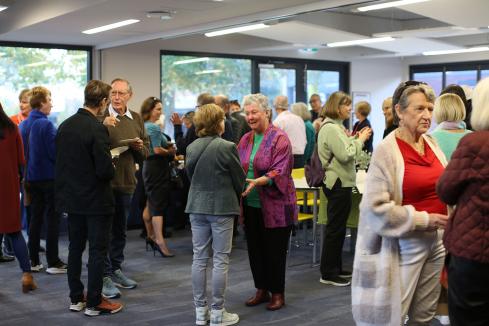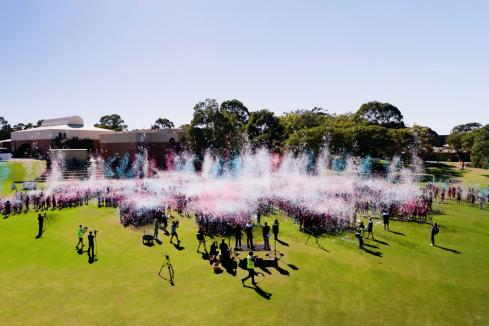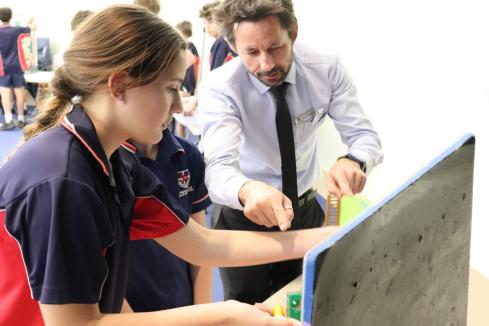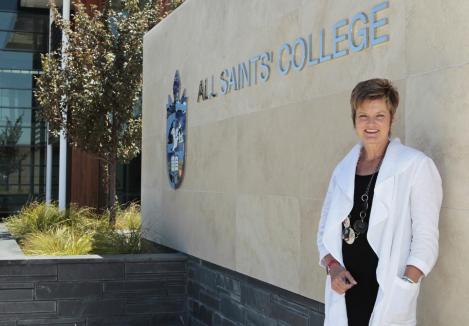
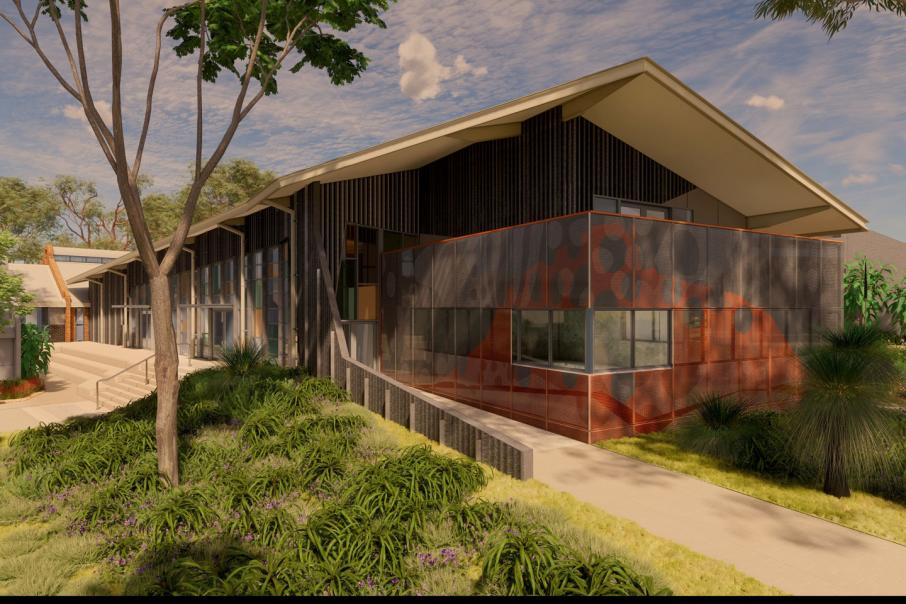
As schools are increasingly tasked with preparing students for the world of tomorrow, the focus on Science, Technology, Engineering and Mathematics (STEM) grows. St Stephen’s School is further bringing STEM to the fore, with an extensive renovation that will effectively double the size of their Duncraig Science Centre.
The existing building sits in the rear north-eastern corner of the Duncraig Campus. The new design will extend the building footprint further into the main Quad, making STEM a feature of the Secondary space.
St Stephen’s School Principal Donella Beare said the extension would increase the Science footprint to just under 2000sqm, adding more laboratory spaces, a large Forum area for collaborative learning, a new staff room and offices, while upgrading existing facilities.
“The project has been a long time coming so we are very excited to see it come to life – it has been a staged project. A new Multi-Learning Space (MLS) for our Secondary Science students to move into during the main Science build needed to occur” Mrs Beare said. “The MLS was completed at the start of the year, so we now focus on the Science renovation and build”.
Works on the project will start in July, with Sanpro Construction Pty Ltd recently awarded the tender.
The modern double-storey frontage will be wrapped in perforated mesh as patterned windows extend down one side of the new Forum space.
“The patterned windows reflect dappled light into the Forum and imitate the multi-coloured nature of the underwater environment, linking with St Stephen’s School’s Marine and Maritime Studies course that is consistently recognised as a leader in this area of study,” Mrs Beare said.
“Refurbishing the existing Science building was a sustainable design outcome, repurposing the existing structure into something that seeks to minimise the carbon footprint of the School, reuses materials and retains infrastructure and services.”
Mrs Beare said, most importantly, the design would now better meet the pedagogical needs of the School, allowing Science to be taught and experienced in a more flexible environment.
“The Project Team worked closely with our science staff to fine tune the details of the design and the collaboration has resulted in the naming of each laboratory being linked to the range of Science disciplines taught at the School. These include Chemistry, Biology, Physics, Human Biology, Psychology and Marine and Maritime Studies,” Mrs Beare said.
“As such, the rooms will incorporate design features that demonstrate the subject concepts – for example a built-in pulley system in the Physics lab to bring learning to life.”
Architect Kirstie Stewart, of ksA, has taken inspiration for this modern design, from natural lace coral, which lives in the local waters off the Hillarys coastal area. The hardened fan-like structures form a striking visual form that showcases this project.
“The main entrance to the Science building is inspired by the concept of lace coral that envelopes the frontage from the ground level up, while the internal spaces of the building take cues from the contrasting but complementary relationship of open and closed lace webs,” Ms Stewart said.
“On arrival into the building, the tessellated surface of the cladding starts low and creeps upwards away from us on the left-hand side of the entrance, while the open, perforated metal web forms to the right-hand side are inspired by the lace coral shell – the overall design intent is to challenge our perception of the ground plane.”
The roof form over the entrance is one of Ms Stewart’s favourite parts of the design as it is separated from the balcony, adds a welcoming aspect and provides shade - the perfect balance of form and beauty.
When complete, the building will have a strong connection with the Secondary Quadrangle.
“This will make the building more accessible for students and staff and add an undeniable benefit of a variety of uses for the Quadrangle; for example, if the weather is good and an assembly is held on the Quadrangle, then speakers can feature on the second-storey balcony of this building.”
Plan E landscape architects designed the external landscape and commented on the fact that students used to have to arrive in class by walking around the perimeter of the original Science building.
“The new concept allows them to have easy access to the new central core of the Science building with open and direct path connections to the surrounding buildings for easy and safe movement around the campus,” Plan E architects said.
“Staff and students can easily spill out to the surrounding spaces and utilise the large terraces for lunch gatherings or outdoor teaching opportunities.”
Mrs Beare said the revamped building would solidify St Stephen’s School’s reputation for offering innovative education.
“The new build will be a huge coup for staff and students, both current and prospective, by offering a contemporary learning space that promotes creativity, collaboration and innovation.”









